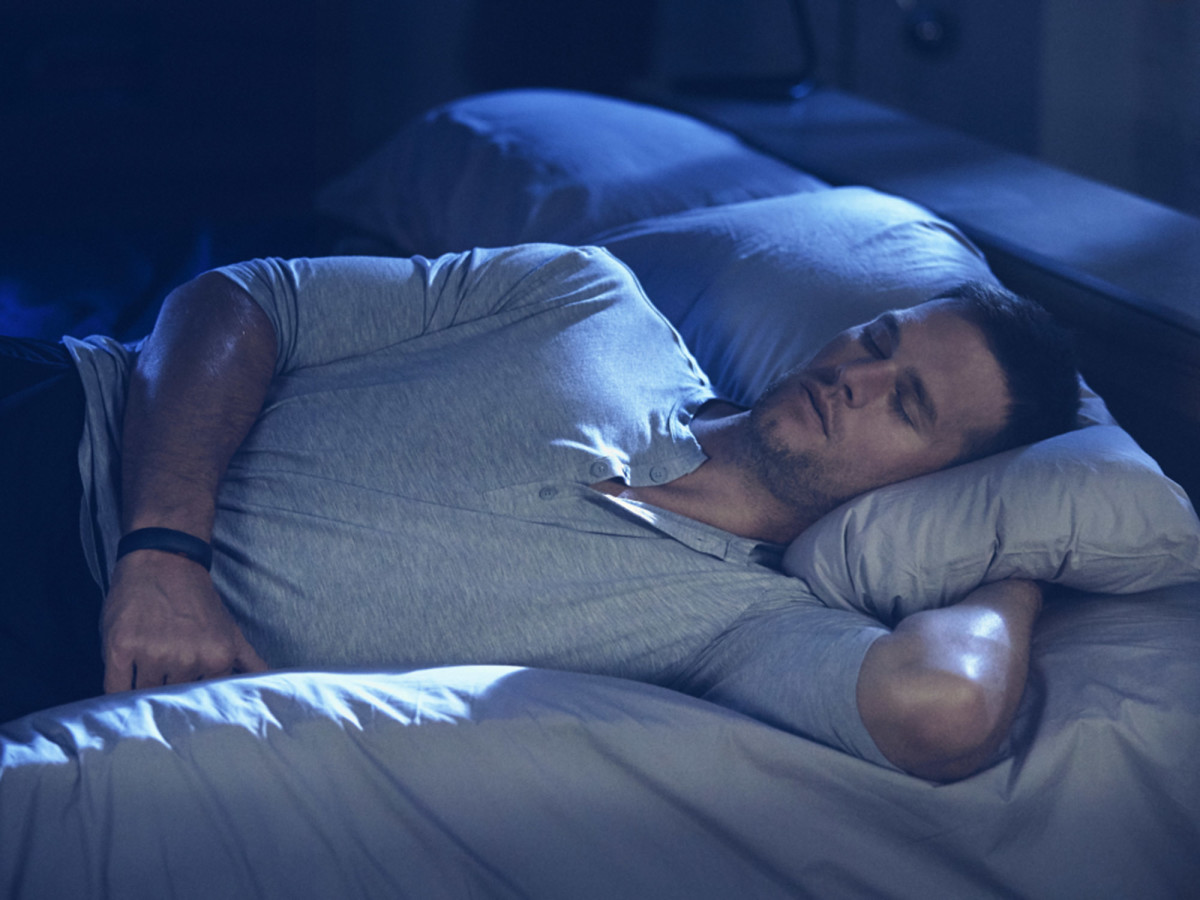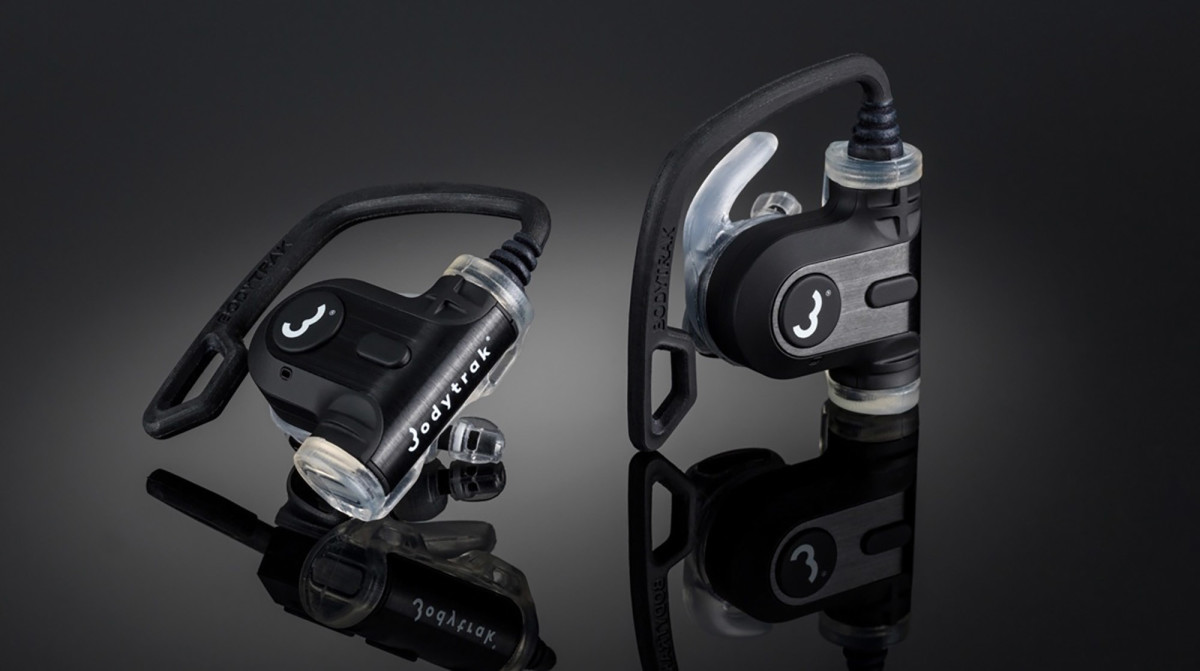Brain-training sunglasses, hearables and more: Top new sports tech at CES 2017

LAS VEGAS – New year, new you, or just new. A host of companies are busy showing off their latest tech at the Consumer Electronics Show, which opens Jan 5. in Las Vegas. And nestled among the 3D printers and the robots and the smart homes are a profusion of gadgets made to look after any athlete—or fan’s—mind, body and sports soul.
From now until Sunday, SPORTS ILLUSTRATED will be reporting on a selection of some of the products being demoed at CES. If you’re in Vegas right now, and are lucky enough to have a pass to the trade-only show, you’ll find most of these out on the exhibition floor. Others might be tucked away for safety in hotel suites, perhaps because they’re still in beta testing, or because their inventors don’t want to give away too many secrets. We'll have further details on all products throughout the show, but first, let's look at what's in store.
Athletes are often searching for a way to get a mental edge over their competition, and there is a growing range of devices that aim to offer just that. There is VR training through STRIVR, which captures 3D footage of football action, and uses that to help players learn playbooks without having to risk quite as much impact in training. With the help of Tom Brady, Under Armour just launched a new line of athlete recovery sleepwear, which is equipped with a bioceramic print that, when combined with the body’s natural heat, can produce far infrared energy and assist with recovery.

Both Halo Sport and foc.us offer a way to electrically stimulate the brain in order to strengthen the signaling connections between it and an athlete’s muscles, though Halo has managed to disguise its device better as a pair of headphones—foc.us uses leads attached to the head, and looks a lot more clinical. And eyewear company Safilo, working with brain-sensing experts Interaxon, has perhaps done the best job at hiding electronics. The Smith Lowdown Focus, due to be launched later this year, looks and feels almost identical to the original Smith Optics Lowdown sunglasses, but analyzes brainwaves through electrodes in the bridge and arms of the glasses. As its name suggests, the aim is to try to help athletes, and non-athletes, learn better mental focus by monitoring themselves through an app.

Wearables that track biometric data seem to take over more and more floor space at CES each year, and are working their way into the top sports leagues, too. Last year, MLB approved the use of two wearables, and the latest collective bargaining agreement between basketball players and the NBA is rumored to include plans to form a committee to regulate the biometric data tracking. CES 2017 features a spin on the wearables tag: hearables. Bodytrak, KUAI, and The Dash all have created some type of in-ear device that incorporates sensors and also has the ability to play music. One of the advantages of using an ear-bud-like form factor is that it is a non-invasive way to get internal metrics, such as core body temperature.
Four steps to stay committed to 2017 fitness resolutions from athlete trainer Jay Cardiello
A big trend in wearables right now is also finding ways to make them all but invisible. Under Armor did this last year with its Gemini 2 Record Equipped shoe, that hid a sensor in the midsole, and others, including Boltt are following suit.
Besides technology that may help training, there are also many ideas being tested at CES that could change the way fans experience sports. Virtual reality has not yet taken off, but the number of people owning VR headsets, or phones that can be converted into VR headsets, continues to grow. Intel has grand plans for VR. By placing a large number of cameras around a sports arena, the company can recreate the world inside, and allow a fan to watch a game from any position, even if there is no camera at that point. Right now there is a 90-second delay in processing the video to do that, but Intel’s CEO Brian Krzanich expects that to almost disappear in the next couple of years.
Sports tech in 2017: What's next after wrist-worn wearables and fitness trackers?
And next up after VR might be augmented reality. Made famous last year by Pokémon Go, AR merges together the real and virtual worlds. Intel showed off its version of this, a VR-like headset called Project Alloy, in Las Vegas yesterday, but there are also others working on building AR into glasses, including Infinity AR and Osterhout Design Group. There is even a device called HoloLamp that can project a 3D-like image onto a flat surface, using facial recognition to adjust the image so that the viewer believes it is actually in 3D.
Many CES demos are still a long way from finished products, so these technologies might not quite make the impact their inventors hope they will over the next 12 months. But tech is changing sports.
